
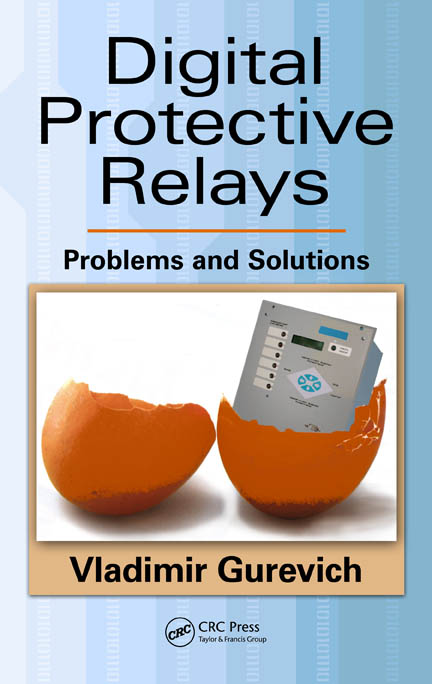
|
Digital Protective Relays: Problems and Solutions
Publisher: CRC PRESS (Taylor & Francis Group)
|
|
|
About the book Microprocessor-based digital protection relays seem to be dominating all other types of protection relays. This book explains how to choose digital relays correctly, how to ensure their correct use, and how to avoid multiple problems. Focusing on solutions, the text describes specific technical problems associated with digital relays and suggests ways to solve them. It also covers the construction of functional assemblies of real relays existing in the market, drawbacks and problems of digital relays, and the danger of deliberate electromagnetic effect onto digital relays. Alternative (non-microprocessor-based) protection relays and problems related to international standards are also addressed. Features
Contents
1. Basic Components of Digital Protective Relays
1.1 Semiconducting Materials and the p-n Junction 1.2 The Principle behind Transistors 1.3 Some Transistor Kinds 1.3 General Modes of the Bipolar Transistor 1.4 Transistor Devices in Switching Mode 1.5 Thyristors 1.6 Optocouplers 1.7 Electromagnetic Relays 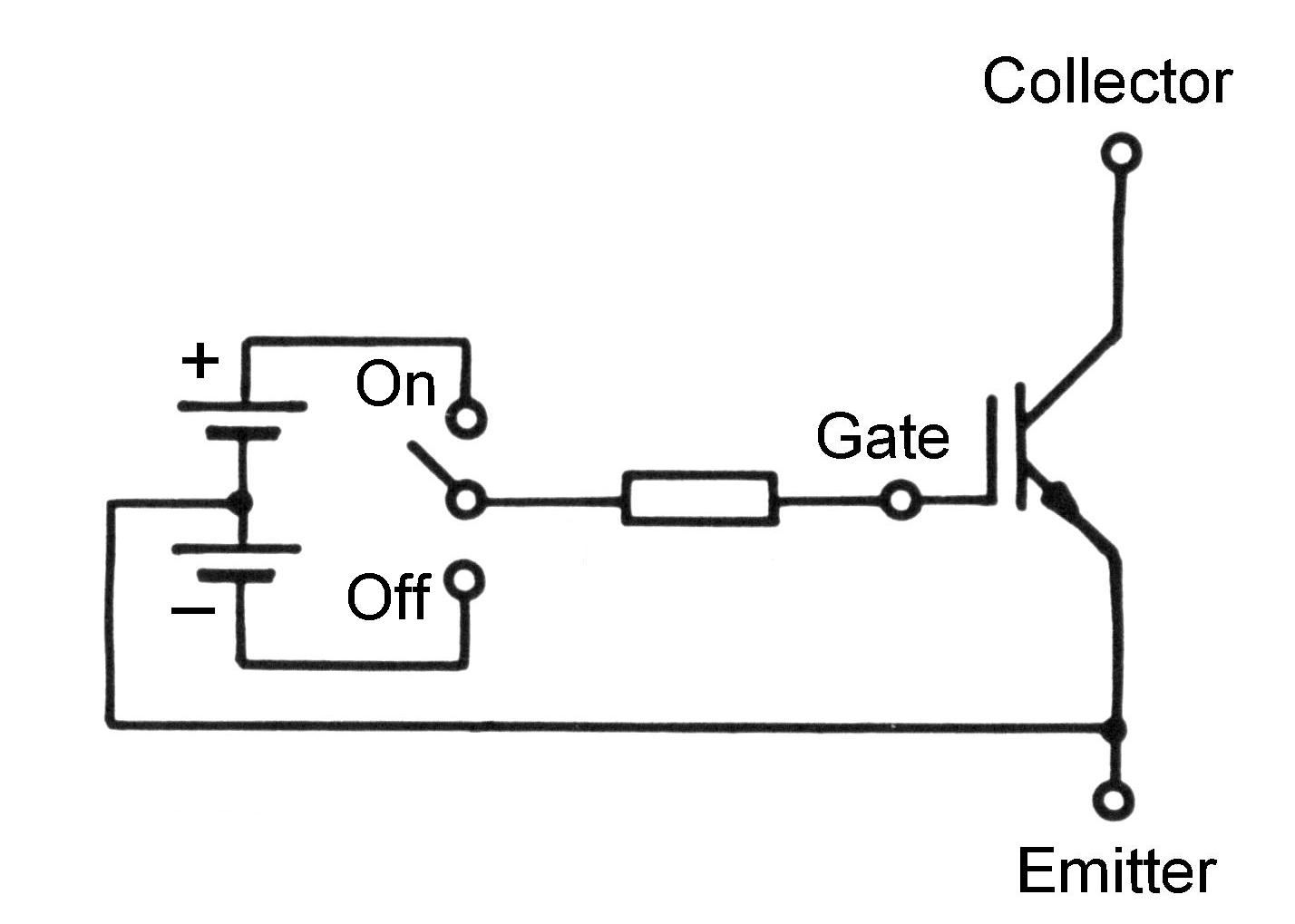 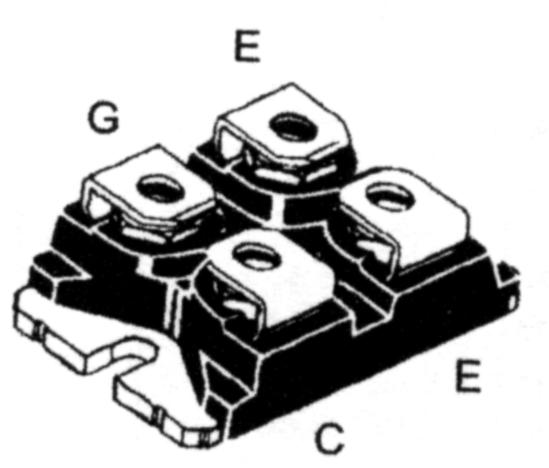 2. Design and Functional Modules of Digital Protective Relays 2.1 Overall Structure and Design of Digital Protective Relays (DPRs) 2.2 Analog Input Modules 2.3 Output Relay Modules 2.4 Digital (Logic) Input Modules 2.5 Central Processing Units (CPU) 2.6 Internal Power Supplies  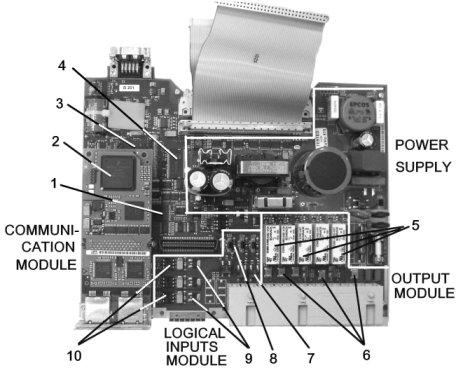 3. Problems with the Reliability of Digital Protective Relays 3.1 Reliability Myth 3.2 The Real State of Affairs with DPR Reliability 3.3 What to Do with All These Problems? 3.4 "Intellectualization" of Protective Relays: Good Intentions or the Road to Hell?  4. Logic Inputs in Digital Protective Relays 4.1 Reliability of Logic Inputs in DPRs 4.2 Increasing Noise Immunity of the Logical Inputs in DPRs  5. Problems with Output Electromechanical Relays 5.1 The Analysis of Actual Operating Conditions of the Output Relays in Digital Protective Relays 5.2 Analysis of the International Standards and Technical Specifications 5.3 Improvement of DPR Output Circuits  6. Problems with External Power Supplies 6.1 Electromagnetic Disturbances in the Power Network 6.2 Applying Uninterrupted Power Supply 6.3 Other Problems in the AC Network 6.4 Problems in DC Networks  7. Testing Digital Protective Relays 7.1 Problems with DPR Testing 7.2 New View on the Problem 7.3 Modern Test Systems for Digital Protective Relays 7.4 Modern RPTS Problems 7.5 Offered Solutions 7.6 Digital Rate of Change of Frequency Relays, and Problems in Testing It  8. Electromagnetic Intrusions on Digital Protective Relays 8.1 Electromagnetic Vulnerability of DPRs 8.2 Lightning Strikes 8.3 Switching Processes and Electromagnetic Fields Generated by Operating Equipment 8.4 Issues with Control Cables Shielding 8.5 Distortion of Signals in the Current Transformer Circuits 8.6 Optical-Electronic Currents and Voltage Transformers 8.7 The Harmonics Impact on the Measured Current and Voltage on DPRs 8.8 The Quality of Voltage in the Supply Mains 8.9 Intentional Destructive Electromagnetic Impacts 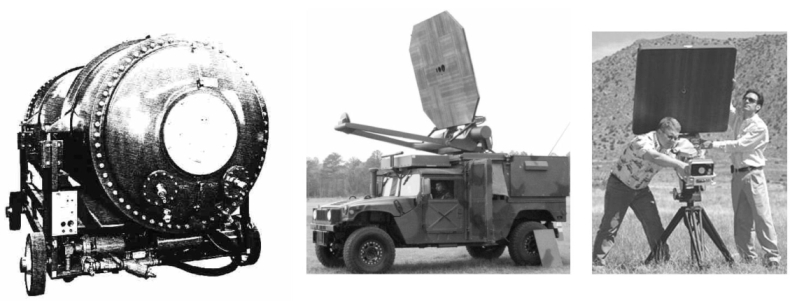 9. Alternative (Nondigital) Protective Relays 9.1 Universal Overcurrent Protective Relays 9.2 Reed Switches Are New Perspective Elements for Protective Relays 9.3 Polarized and Memory Reed Switches 9.4 Power Reed Switches 9.5 Overcurrent Protective Relays with Reed Switches 9.6 Simple, Very-High-Speed Overcurrent Protection Relays 9.7 Reed-Based Devices For Overcurrent Protection of HV DC Equipment 9.8 The New-Generation Universal-Purpose Hybrid Reed: Solid-State Protective Relays 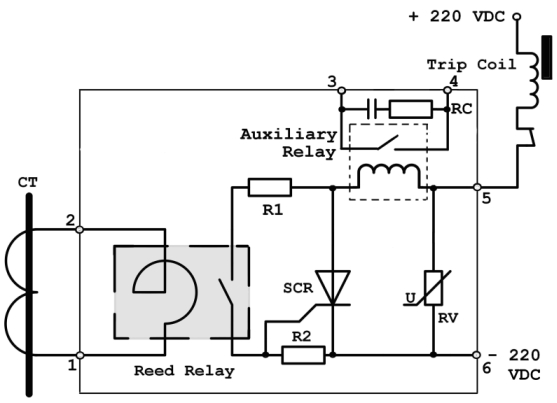 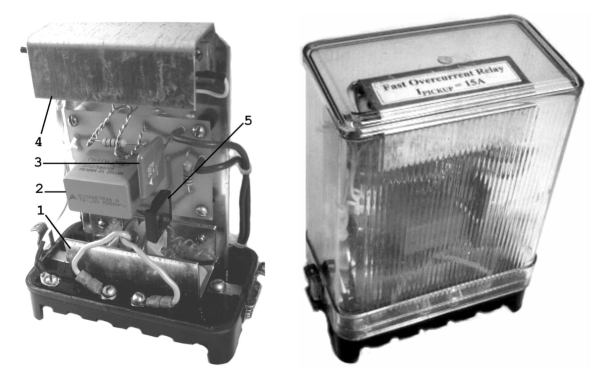 10. Problems with International Standards 10.1 The Basic International Standard on Electromechanical Relays (IEC 61810-1) 10.2 The International Standard on Solid-State Relays (IEC 62314-1) 10.3 The International Standard on Reed Switches (IEC 62246-1)  11. New Concepts for DPR Design   Index |